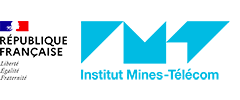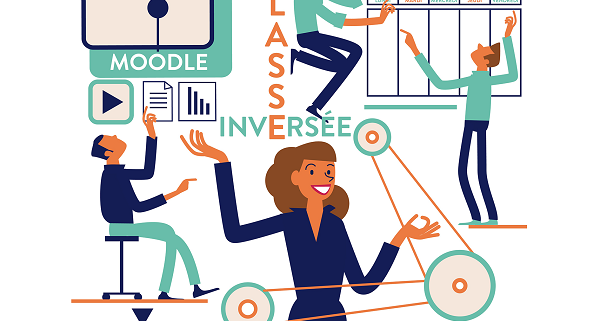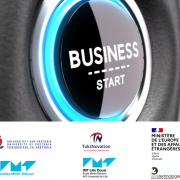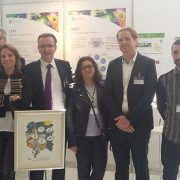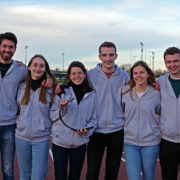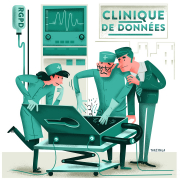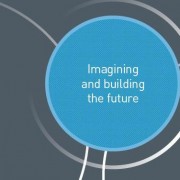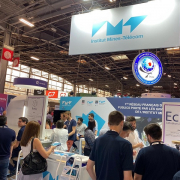Using flipped learning projects to teach mechanics: a pedagogical innovation by the École Nationale d’Ingénieurs de Brest
At the École Nationale d’Ingénieurs de Brest (ENIB), students study mechanics through flipped learning projects, helping them to better understand theory through practice.
“In traditional classes, students are rather passive. They cram their theory for the assessments, and do little with their knowledge in practical exercises,” explains Erwan Contal, a mechanics teacher and active learning project leader. “We therefore developed a system for acquisition projects using flipped learning, which allows us to look at new theoretical concepts while making students actors in their learning.”
What does this system look like? “The students have access to the lessons and the corrected exercises on a platform, with explanatory videos,” the teacher explains. “Using a freely available didactic model, students must approach the gyroscopic phenomenon theoretically and compare it with their experimental results, then draw conclusions. To complete the project, they have to look at the course material independently, it’s a constant back and forth.”
Students are divided into teams of four, with two rotating roles each week: a reporter and a planner. The reporter meets informally with the teacher once a week to summarize the group’s work, report to the teacher on the progress of the project and the work done by each student, and communicate feedback to the group. The planner organizes the work and manages time. “This two-way transfer of information every week promotes in-depth learning,” says Erwan Contal. The evaluation of the work is based on this oral presentation, as well as on a written report in the form of an activity report.
For the teacher, this method has changed his perspective: “Since the implementation of this system, I feel like I’ve reinvented my job,” enthuses Erwan Contal. “I had been dispensing knowledge in a one-sided manner, but then became a companion in teaching the material, forcing students to articulate their problems and ask questions to put them on the right track. And the technical discussions that come out of it are exciting!”
As for the students, the feedback is very positive, and most have regained an interest in the subject. Indeed, the proactive aspect of learning allows them to be much more involved, to visualize precisely what they have learned and what their objectives are, and to project themselves into their future career as engineers.
What’s next? “For 2022-2023, we are setting up a FabLab, which will allow students to study both acquisition and manufacturing,” says Erwan Contal. “We are also in the process of setting up an eco-responsible design project, in line with current issues.”
